The Cleric is one of the strongest casters in BG3, with an incredible spell list and exceptional durability. However, they can lack resource loops and damage potential that other classes have in droves. Multiclassing fixes this.
Knowing when to multiclass your Cleric, and what class combinations have innate synergies, can be difficult in BG3 and 5E alike. This list will serve as inspiration for your own BG3 build while describing builds that tend to work in the later game.
The best Cleric multiclass options in BG3
Clerics serve as highly defensive support casters in BG3. They have options to deal moderate damage, but quickly taking out a target is not a Cleric’s strong suit. Multiclassing slightly reduces the Cleric’s endgame utility while massively improving their combat capabilities.
Losing access to the level six spells Heal and Heroes’ Feast spells is quite significant, which any Cleric multiclass will do if they put at minimum two levels into a class. Feel free to only put one level into a class like Fighter if you want to keep that magic around, though we’d hardly call that a “build.”
Holy Warrior: Cleric 7/Ranger 5
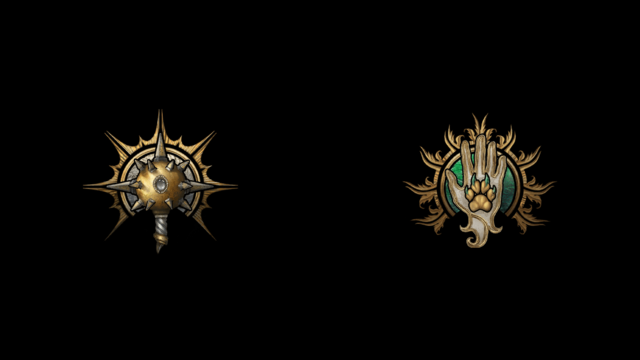
- Role in party: Ranged damage dealer, support.
- Pros: Significant damage increase, access to strong Ranger spells like Hunter’s Mark.
- Cons: Significant reduction in spell slots and known spells.
- Feats: Ability Score Improvement, Sharpshooter.
- Important magic items: Gontr Mael, Boots of Striding.
The Holy Warrior utilizes Ranger abilities to deal exceptional damage from a distance, all while accessing a large pile of Cleric spells.
Holy Warrior build
Preferably, you would begin as a Cleric and get to at least level two for domains. Then, you can dedicate yourself to Ranger until level five, when you get Extra Attack. Alternatively, you can focus on improving the Cleric’s spellcasting until level seven. Half-Orcs make for good weapon users, but all races realistically work fine. As for backgrounds, Folk Hero tends to be a safe bet.
You only care about Dexterity and Wisdom, both of which should start at a minimum of 16. Constitution is the next most important stat.
Your subclasses will be War Domain and Hunter. War Domain improves accuracy and also allows for bonus action attacks. Hunter will be perfect for dealing consistent damage. Colossus Slayer is the default good choice, though Horde Breaker can deal additional damage in specific combats.
As for our optional Ranger features, we recommend Archery for high accuracy at a range, though Dueling can work for a melee variant. We also like Beast Tamer for Natural Explorer and Bounty Hunter for Favored Enemy.
Your feat options are slightly limited. We take Ability Score Improvement for Dexterity and Sharpshooter since we want to deal very high damage with each shot. If you can, try to take Auntie Ethel’s Hair to get to 18 Dexterity before any Ability Score Improvements.
As for magical items, you need to find a strong ranged weapon to carry you. Gontr Mael is the safe option, but there are several heavy crossbows that can work. Your magical items should split between casting support items, such as the Cloak of the Weave and The Reviving Hands, and ranged attack items, like the Circlet of Hunting and the Strange Conduit Ring.
Holy Warrior uses
The Holy Warrior is primarily a Ranger in practice, making ranged attacks to deal damage to single targets. Cleric spells to use often include magic like Bless for attack rolls, Spiritual Weapon for consistent damage to far-away targets, and Spiritual Guardians for melee variants.
Try to keep spells on your bar to pick up party members, like Healing Word or Lesser Restoration. You are likely a backup healer with this setup, but you’re also responsible for keeping people alive when nobody else can. And even here, you are more than capable of healing a BG3 party yourself.
Cleric of True Knowledge: Cleric 10/Wizard 2
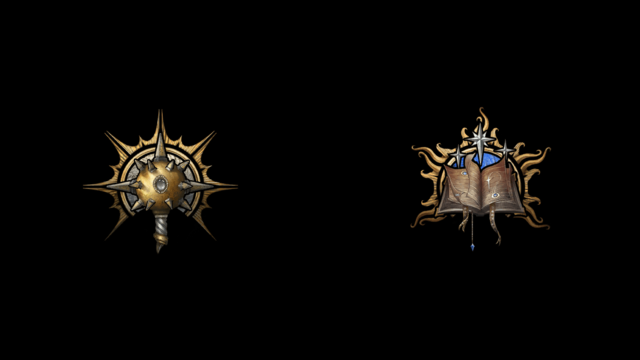
- Role in party: Magical support.
- Pros: Gain access to the Wizard Spell list, gains additional health from Abjuration Ward.
- Cons: Extremely expensive, in terms of gold.
- Feats: Ability Score Improvement.
- Important magic items: Warped Headband of Intellect, Amulet of the Devout.
This Cleric build makes use of the Wizard’s ability to scribe scrolls as well as the strength of the Arcane Ward feature of the Abjuration Subclass.
Cleric of True Knowledge build
Get one Wizard level in Cleric nice and early. We want to get scrolls into our spell list as soon as we can. However, don’t be afraid to hoard scrolls until the late game. Money is going to be tight for you and your party. Race and background matter not for your build, though being the party Sage might make thematic sense.
For ability scores, we’re largely going to ignore Intelligence to pump Wisdom and Constitution to 16. The Warped Headband of Intellect from Lump is going to be more than enough Intelligence to work for the Wizard spells we want.
Our subclasses will be Light Domain and Abjuration School. Light Domain has incredible spells known as well as the pretty strong Warding Flare reaction. The Abjuration School provides a small but efficient shield of health for yourself, helping to keep you alive in standard combats. Divination is another good school, though only helps you twice per day.
For cantrips, your Cleric should have an aggressive cantrip like Sacred Flame and then utility cantrips such as Guidance and Resistance. Your Wizard should be almost entirely utility cantrips—Mage Hand, Blade Ward, Minor Illusion—unless you want the range of Fire Bolt.
Clerics can learn any spell, though winners you’ll want around include Bless, Spiritual Weapon, and Spirit Guardians. For Wizard, you don’t get many spells. At lower levels, make sure you have spells without DCs, such as Protection from Good and Evil, Shield, or Magic Missile. Most of your Wizard spells will come from scrolls, and really strong options include Haste, Greater Invisibility, and Counterspell.
For feats, you’re going to want to get Wisdom to 20, which will normally take two Ability Score Improvements. If you’re the recipient of Auntie Ethel’s Hair, you can instead get War Caster to keep your Concentration high, or Resilient (Constitution) to get proficiency in an important saving throw.
Depending on how you want to support, you can get items that improve concentration, such as Elixirs of Peerless Focus, or healing support items. No matter what you do, The Reviving Hands and the Whispering Promise ring are very strong for any class that can cast Healing Word or Mass Healing Word.
Cleric of True Knowledge uses
The primary use of the Cleric of True Knowledge is to utilize your spells as a support caster. Being a support caster doesn’t mean you have to sit back and spam heals, though. The Cleric has excellent damage options over time, like Spiritual Weapon or Spirit Guardians, which can quickly turn a fight in your favor. You should also use Cleric spells to lock down foes with strong magic like Hold Person and Banishment.
Wizard spells are best used for buffs since your Intelligence will naturally be a bit lower. Even still, getting options like Hypnotic Pattern or Hold Monster isn’t a bad idea. Even if those spells aren’t always successful, even the chance of success can be the difference-maker. Support your Wizard spells using DC-increasing items such as the Amulet of the Devout.
Healing Hands: Cleric 10/Paladin 2
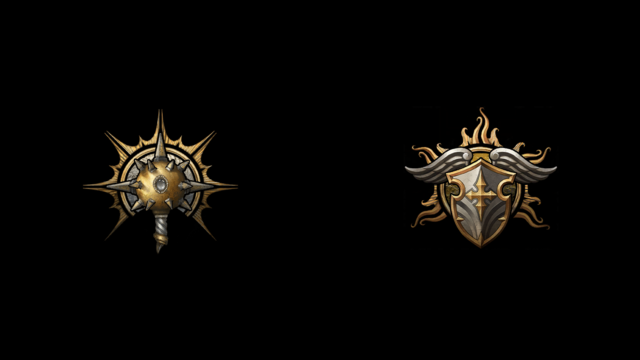
- Role in party: Magical support.
- Pros: Additional healing, easier access to Channel Divinity action, Divine Smite for surprising damage.
- Cons: Paladin healing is low, lose access to sixth level spells known.
- Feats: Ability Score Improvement.
- Important magic items: Amulet of the Devout, Healing Synergy Items.
Rather than supplementing the damage weakness of the Cleric, the Healing Hands Cleric uses a few levels of Paladin to double down on being a supportive healer.
Healing Hands build
Begin play as a Life Cleric and level up to at minimum two. Two levels of Paladin give you better AC and weapon proficiencies, which can be nice to have as early as possible. Race and background barely matter, so feel free to use the great mental saves of the Gnome or the extra health of the Hill Dwarf to make your character more survivable.
Your subclasses will be Life Cleric and Oath of Ancients Paladin. The goal of this build is to utilize the excellent healing support items in this game, which both the Life Cleric and Oath of Ancients do fantastically. As an Oath of Ancients, you must be careful to protect the innocent and defend beaty and nature.
As for ability scores, we are going to focus on Constitution and Wisdom, getting both to 16. We can also bump Charisma to 14 if you want to heal slightly more from your Healing Radiance ability. Alternatively, you can get a small amount of Strength or Dexterity to allow for easier Smites. We prefer getting a Strength-adjusting item, like the Handmaiden’s Mace, so you can focus on your defensive stats.
Your Paladin’s Fighting Style should be Defense. Our damage comes primarily from cantrips until we Smite. And we’re not going to be smiting very often with this build. So, the extra AC is nice.
It’s imperative that you have Sacred Flame since that’s going to be the bulk of a Cleric’s turn-to-turn damage. Your other cantrips will likely be utility, like Guidance, Resistance, and Thaumaturgy. As for spells you should have consistently, having your Paladin side be in charge of no-DC spells like Shield of Faith is a good idea. Your Cleric spells should include high-impact magics like Mass Healing Word or Spiritual Weapon but also have access to support spells like Sanctuary, Silence, and Remove Curse.
Your feats, like those of these builds, focus on Ability Score increases for Wisdom. Getting to 20 Wisdom is just a bit too good for a Cleric.
Our items are almost entirely designed around healing. There are a lot of powerful items that support healing in BG3, including The Reviving Hands, The Whispering Promise, and Wapira’s Crown. Other than those, you should get the Amulet of the Devout to supplement your DCs and ability to spam out Channel Divinity and Channel Oaths.
Healing Hands uses
This build is best when multiple characters are on the frontlines, such as with a good Karlach and Lae’zel core. Utilize the Oath of Ancient’s impressive but small Channel Oath heal, Healing Radiance, to heal your party twice in a single bonus action. This will proc all of your healing support items, including the Reviving Hands, to provide resistance to physical damage and grant you a +1d4 to attack rolls and saving throws. This will make your frontliners difficult to put down. Try to utilize Warding Bond to reduce the damage taken by allies significantly, since you can heal yourself quite a bit with Wapira’s Crown and a Ring of Regeneration.
However, you’re far from just a healer. With high enough Wisdom, you can use spells like Hold Person, Spiritual Weapon, and Banishment to control the battlefield. Isolate high-priority threats by targeting their weakest saving throw and move your high-damage frontliners in to hit them while they’re down.
Outside of combat, swap out your spells for better utility magic. Spells like Enhance Ability and Create or Destroy Water are commonly handy.
Others Asked
What are some challenges players face when choosing to play as a Cleric in Baldur's Gate 3?
One challenge players face when choosing to play as a Cleric is the presence of many sub-classes, making it difficult to find the best one, requiring extensive research on equipment, items, stats, races, and sub-classes, which might lead players to skip picking Clerics altogether.
What does multiclassing allow you to do in Baldur's Gate 3?
Multiclassing in Baldur's Gate 3 allows you to take abilities from different classes and apply them to the one you started the game with, while maintaining the proficiencies and abilities of your existing class.
What benefits do subclasses provide for characters in Baldur's Gate 3?
Subclasses boost a character's offensive, defensive, and utility stats, providing between two and four extra class abilities.


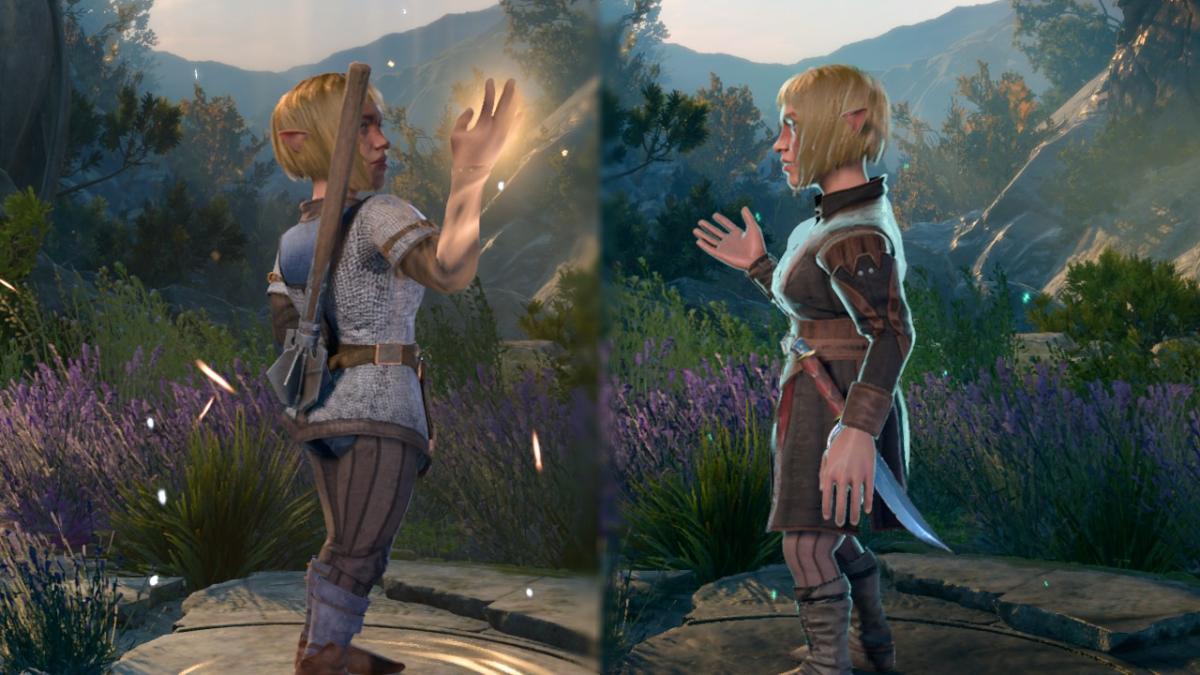
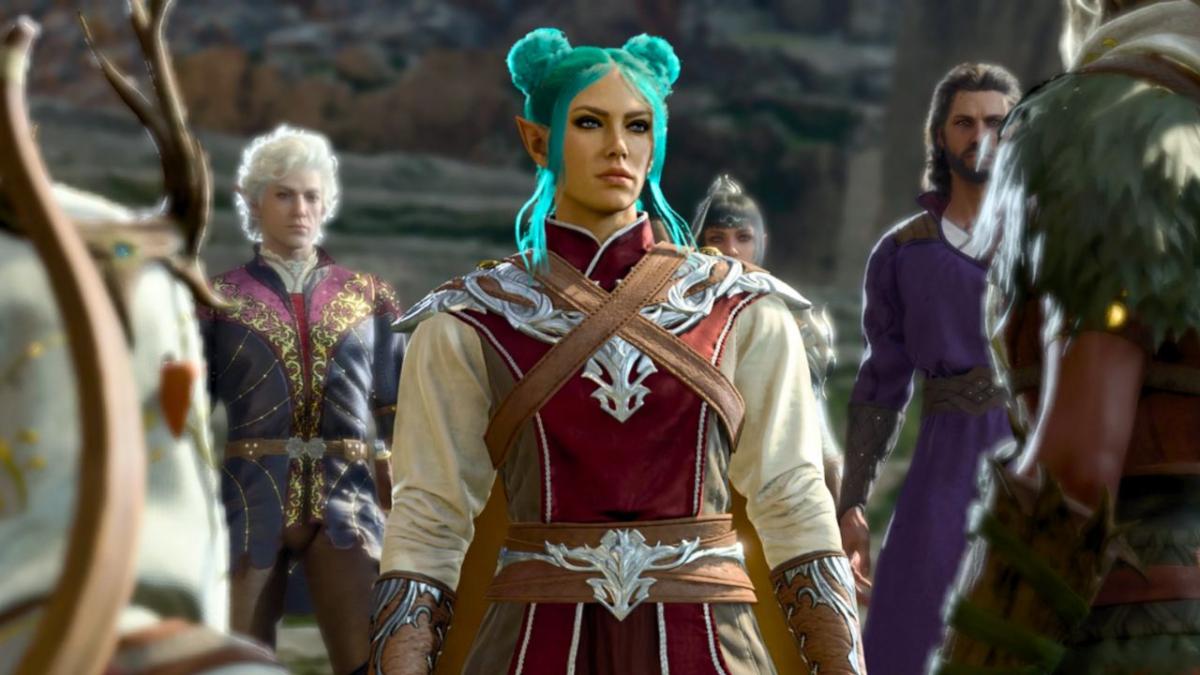

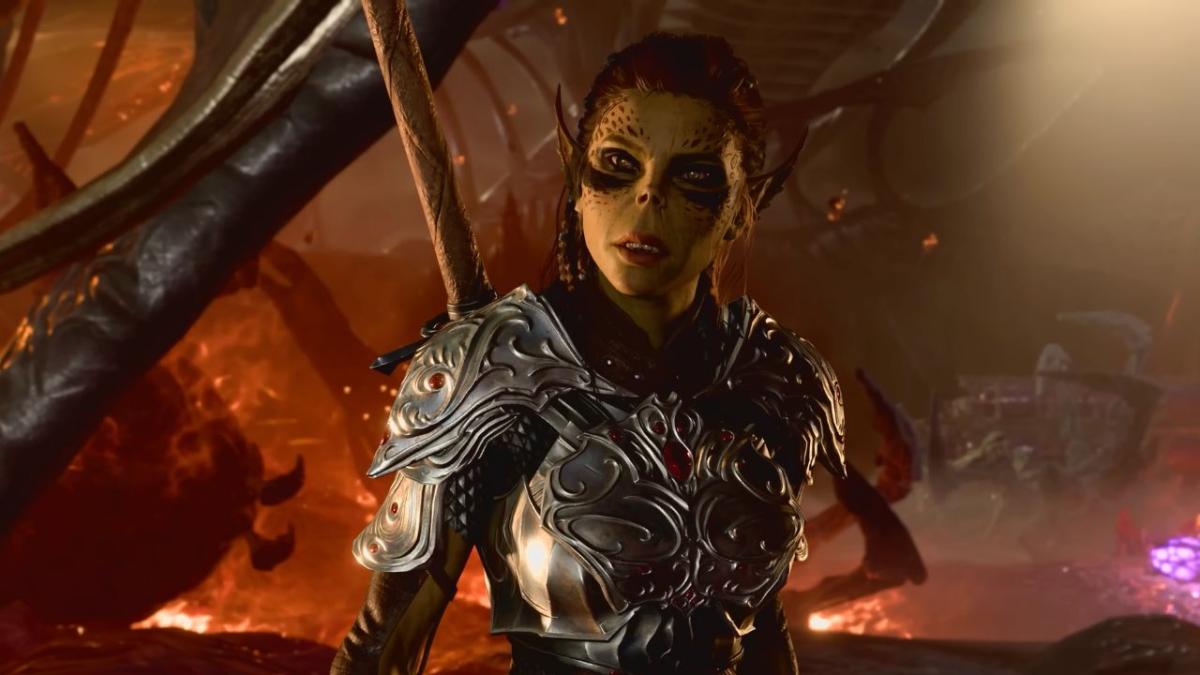



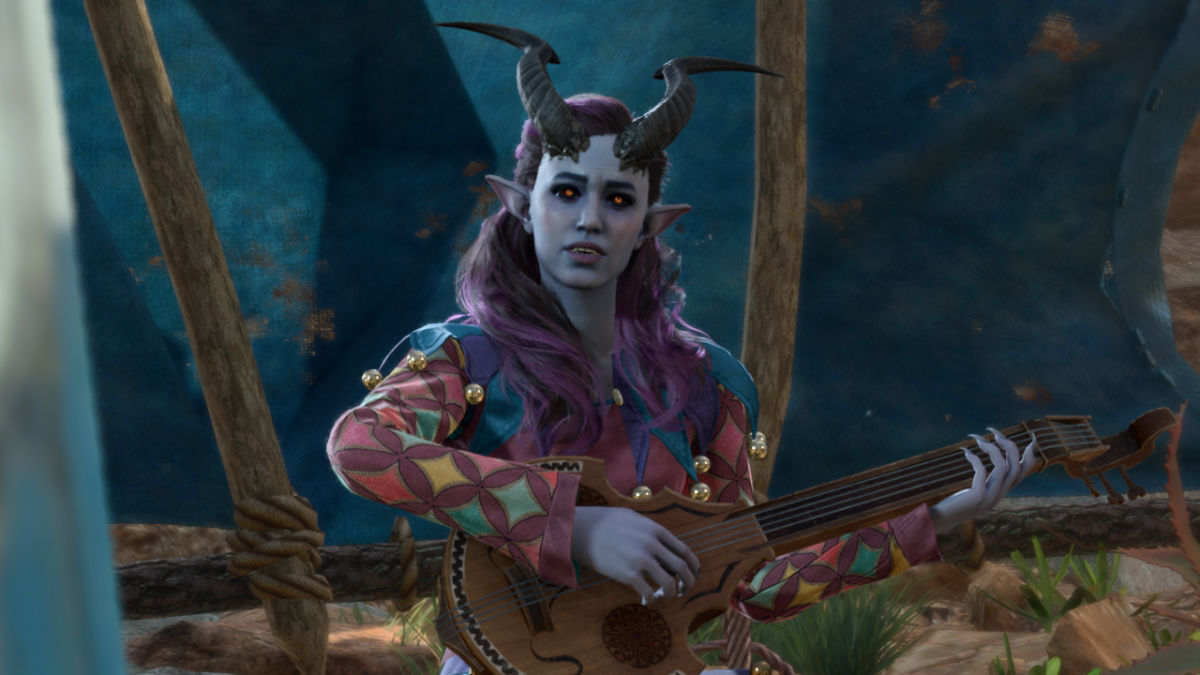
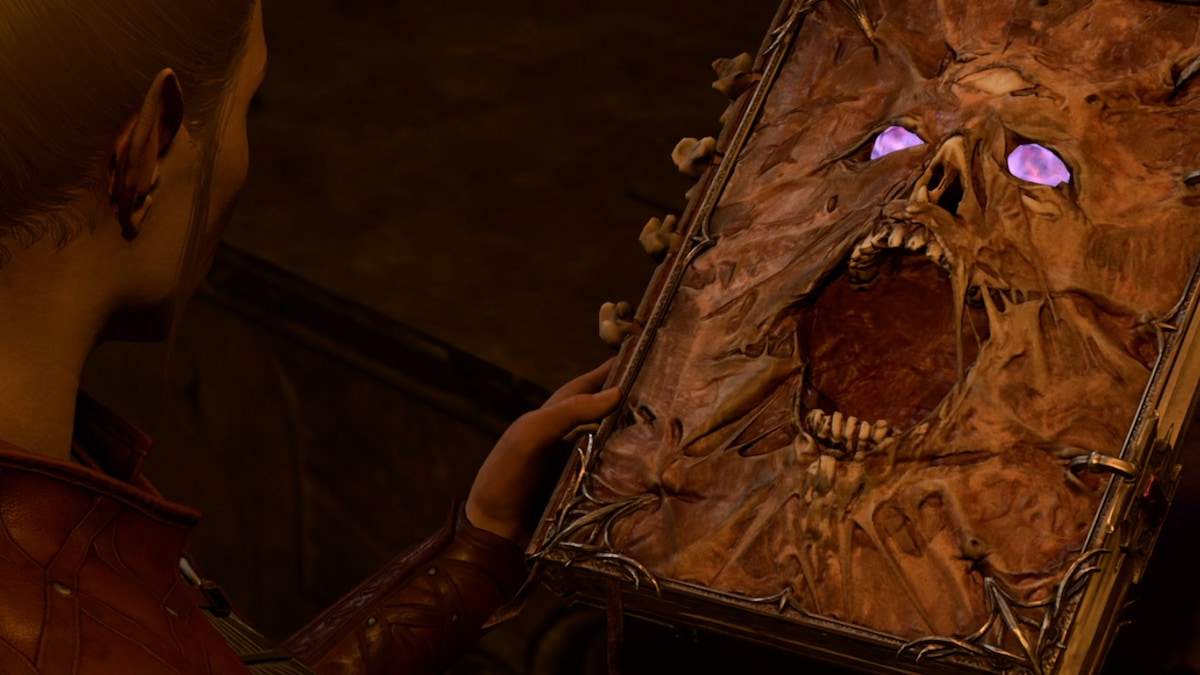



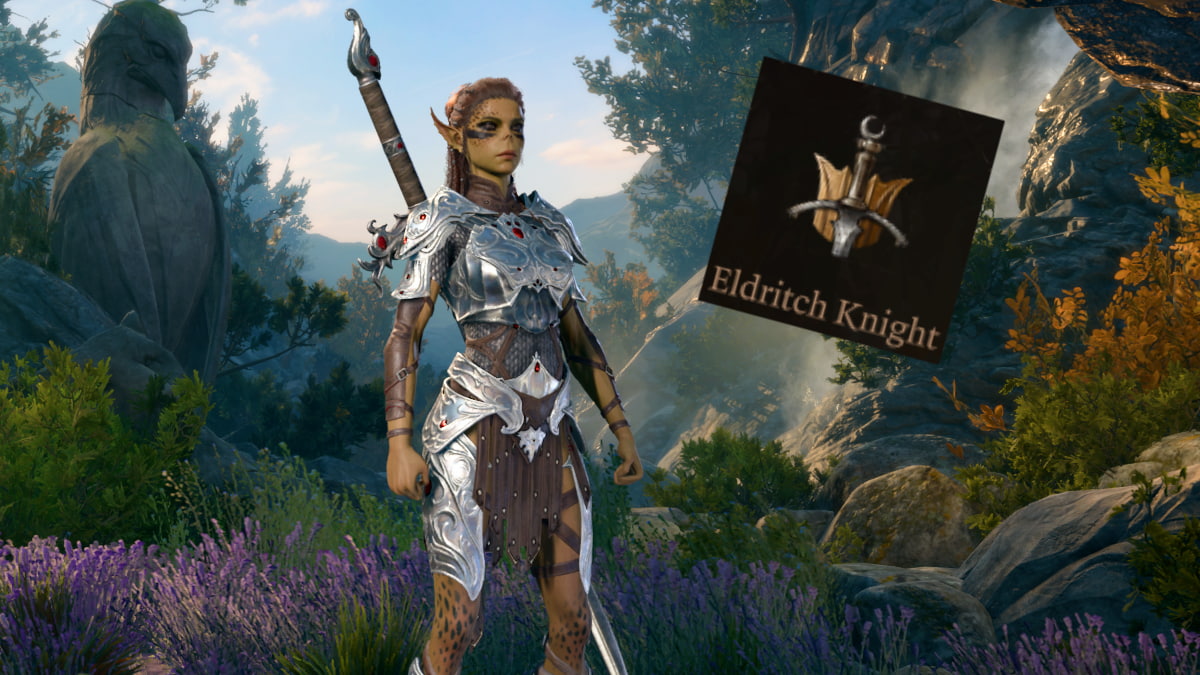
Published: Nov 18, 2023 12:21 am